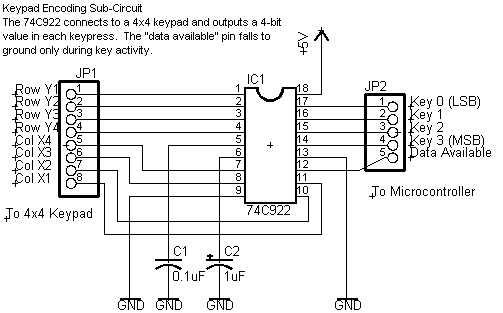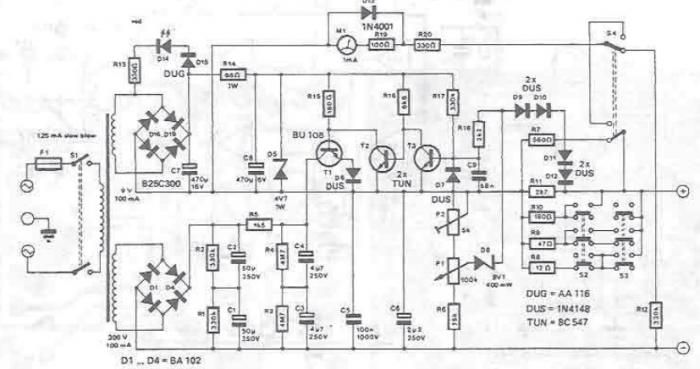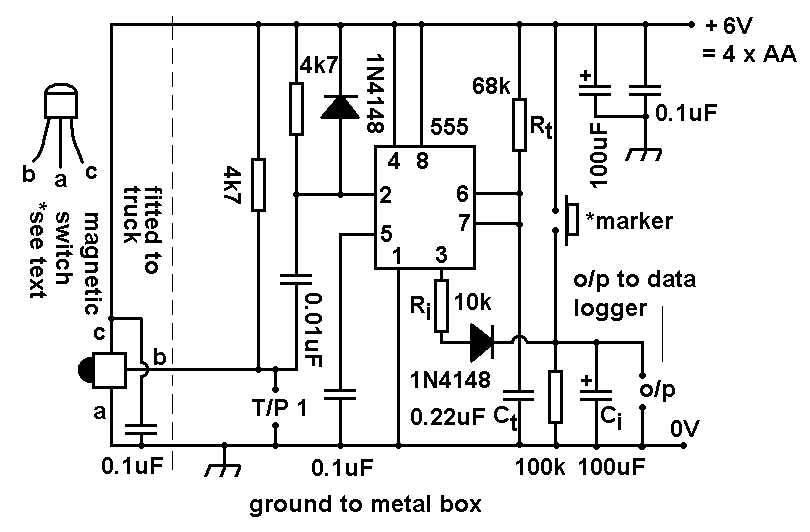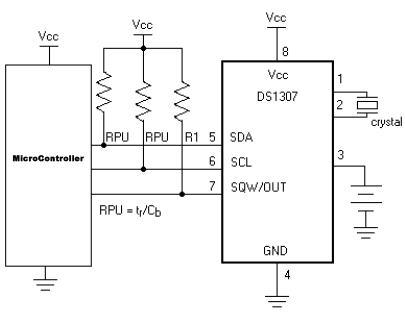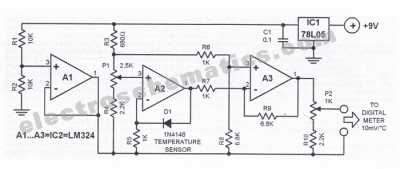
ivrs final year project full description
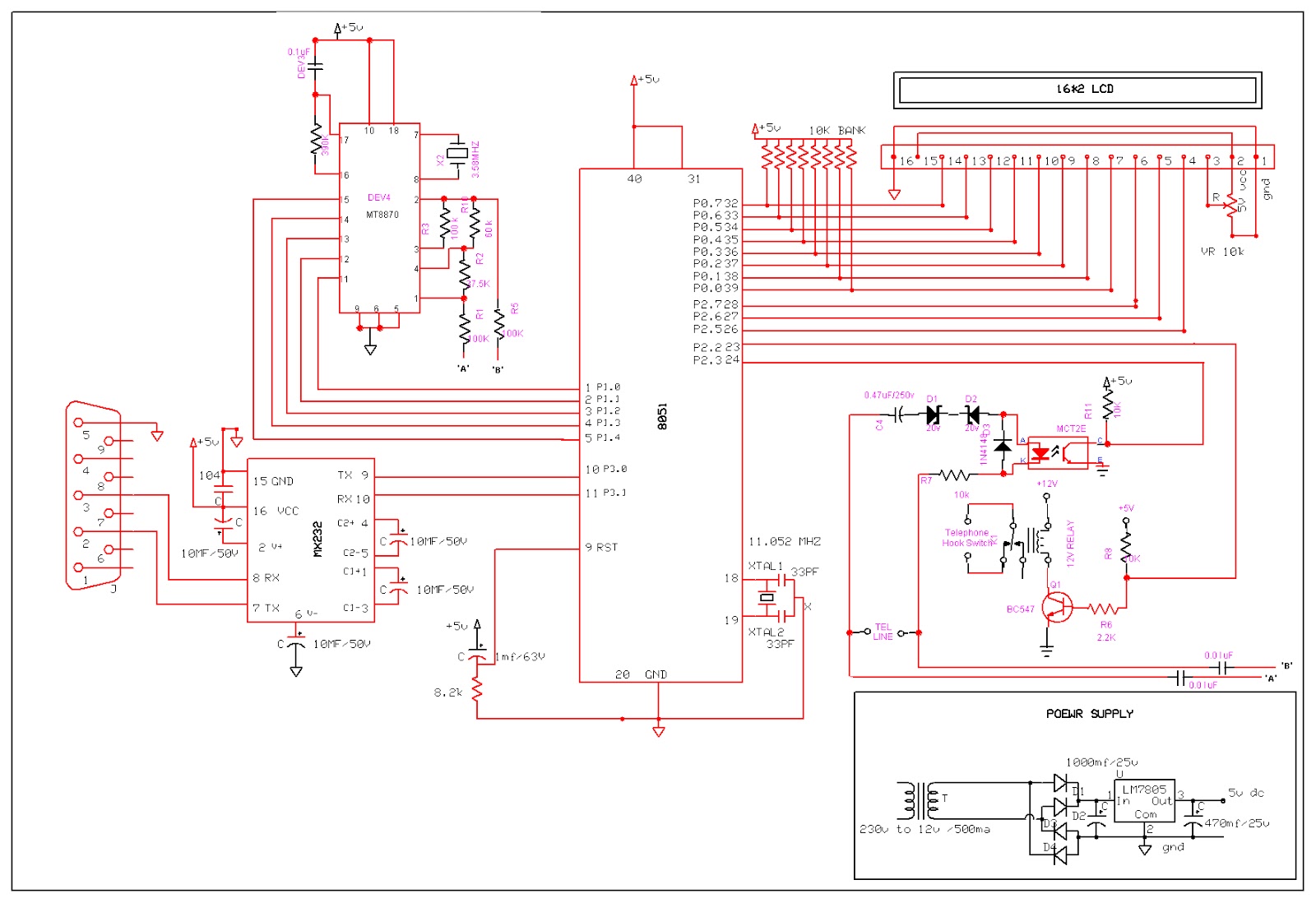
An Interactive Voice Response (IVR) system is a communication system that enables automated telephone call access to specific computer database information. This technology allows a computer to detect DTMF (Dual-tone multi-frequency) keypad inputs and generate voice responses based on those inputs. DTMF signaling is utilized for telecommunication signaling over analog telephone lines within the voice-frequency band, facilitating communication between telephone handsets, other communication devices, and the switching center.
An Interactive Voice Response (IVR) system typically consists of several key components that work together to provide a seamless user experience. The core of the IVR system is a telephony interface, which connects to the public switched telephone network (PSTN) or Voice over Internet Protocol (VoIP) services. This interface is responsible for handling incoming and outgoing calls, as well as managing the audio signals that are transmitted during the interaction.
The DTMF decoder is another critical component in the IVR architecture. It interprets the keypad tones generated by the caller when they press buttons on their telephone. Each button corresponds to a specific frequency pair, which the DTMF decoder translates into digital signals that the system can process. This allows the IVR to recognize user inputs and respond appropriately.
The voice response generation module utilizes pre-recorded audio prompts or text-to-speech (TTS) technology to deliver information to the caller. Depending on the user's input, the IVR system can navigate through various menus, retrieve data from a database, or provide instructions. The database interface is essential for accessing the necessary information, whether it be customer account details, product information, or service options.
To enhance user experience, the IVR system may also include features such as call routing, where calls are directed to specific departments or agents based on the caller's needs. Additionally, advanced IVR systems may integrate with customer relationship management (CRM) systems to provide personalized interactions based on caller history.
Overall, the design and implementation of an IVR system require careful consideration of user experience, system architecture, and integration with existing communication infrastructure to ensure efficient and effective communication.Interactive voice response (IVR) system is a communication system which provides automated telephone call access to specified computer database information. Interactive Voice Response is a technology that allows computer to detect DTMF (Dual-tone multi-frequency) keypad inputs and generate voice response according to input.
Dual-tone multi-frequency signaling (DTMF) is used for telecommunication signaling over analog telephone lines in the voice-frequency band between telephone handsets and other communications devices and the switching center. 🔗 External reference
An Interactive Voice Response (IVR) system typically consists of several key components that work together to provide a seamless user experience. The core of the IVR system is a telephony interface, which connects to the public switched telephone network (PSTN) or Voice over Internet Protocol (VoIP) services. This interface is responsible for handling incoming and outgoing calls, as well as managing the audio signals that are transmitted during the interaction.
The DTMF decoder is another critical component in the IVR architecture. It interprets the keypad tones generated by the caller when they press buttons on their telephone. Each button corresponds to a specific frequency pair, which the DTMF decoder translates into digital signals that the system can process. This allows the IVR to recognize user inputs and respond appropriately.
The voice response generation module utilizes pre-recorded audio prompts or text-to-speech (TTS) technology to deliver information to the caller. Depending on the user's input, the IVR system can navigate through various menus, retrieve data from a database, or provide instructions. The database interface is essential for accessing the necessary information, whether it be customer account details, product information, or service options.
To enhance user experience, the IVR system may also include features such as call routing, where calls are directed to specific departments or agents based on the caller's needs. Additionally, advanced IVR systems may integrate with customer relationship management (CRM) systems to provide personalized interactions based on caller history.
Overall, the design and implementation of an IVR system require careful consideration of user experience, system architecture, and integration with existing communication infrastructure to ensure efficient and effective communication.Interactive voice response (IVR) system is a communication system which provides automated telephone call access to specified computer database information. Interactive Voice Response is a technology that allows computer to detect DTMF (Dual-tone multi-frequency) keypad inputs and generate voice response according to input.
Dual-tone multi-frequency signaling (DTMF) is used for telecommunication signaling over analog telephone lines in the voice-frequency band between telephone handsets and other communications devices and the switching center. 🔗 External reference
